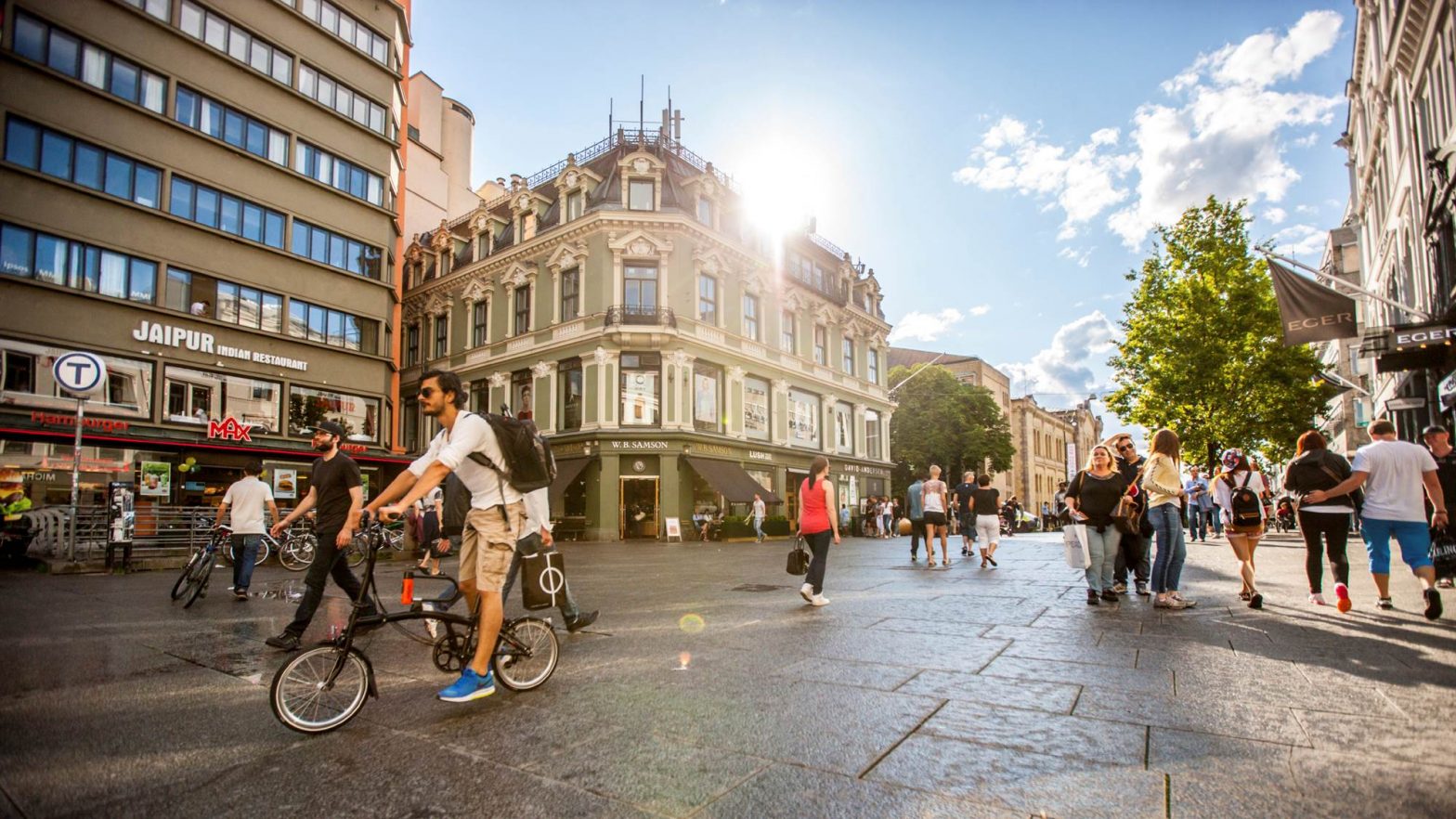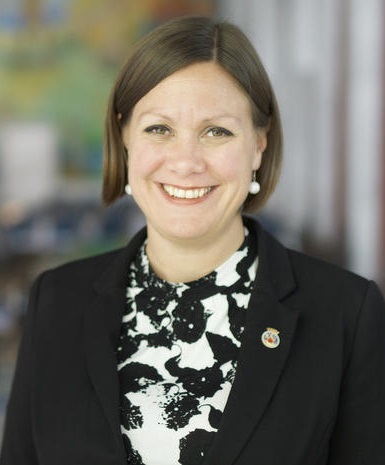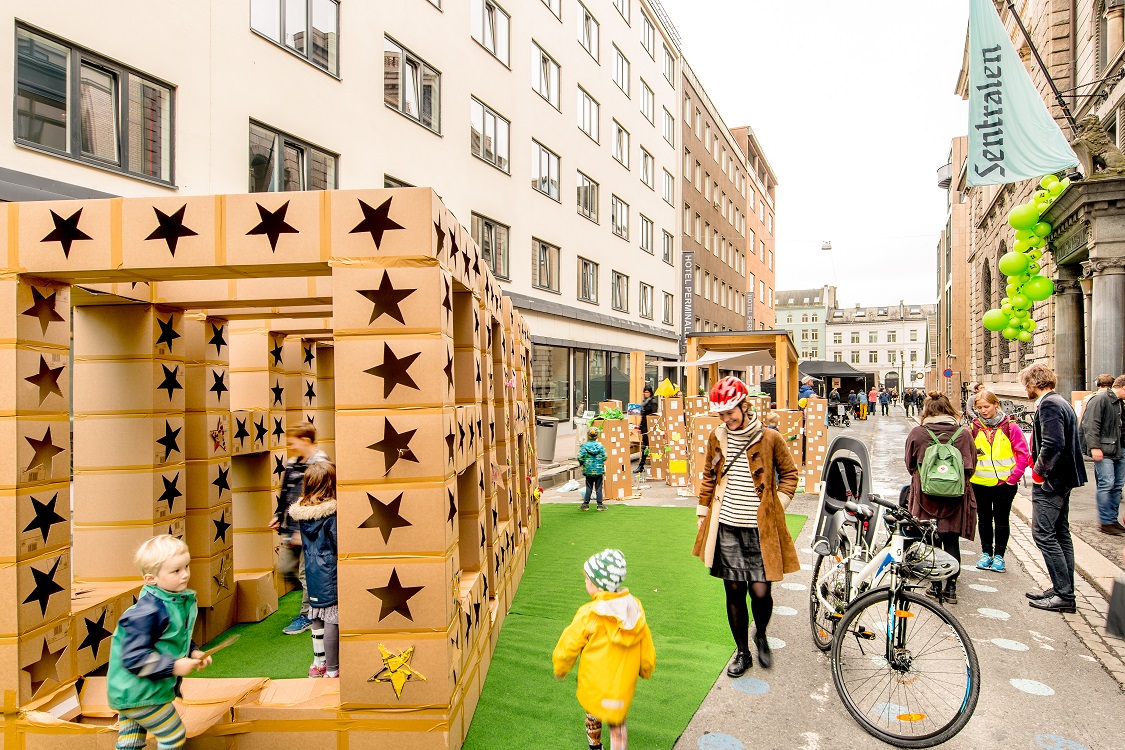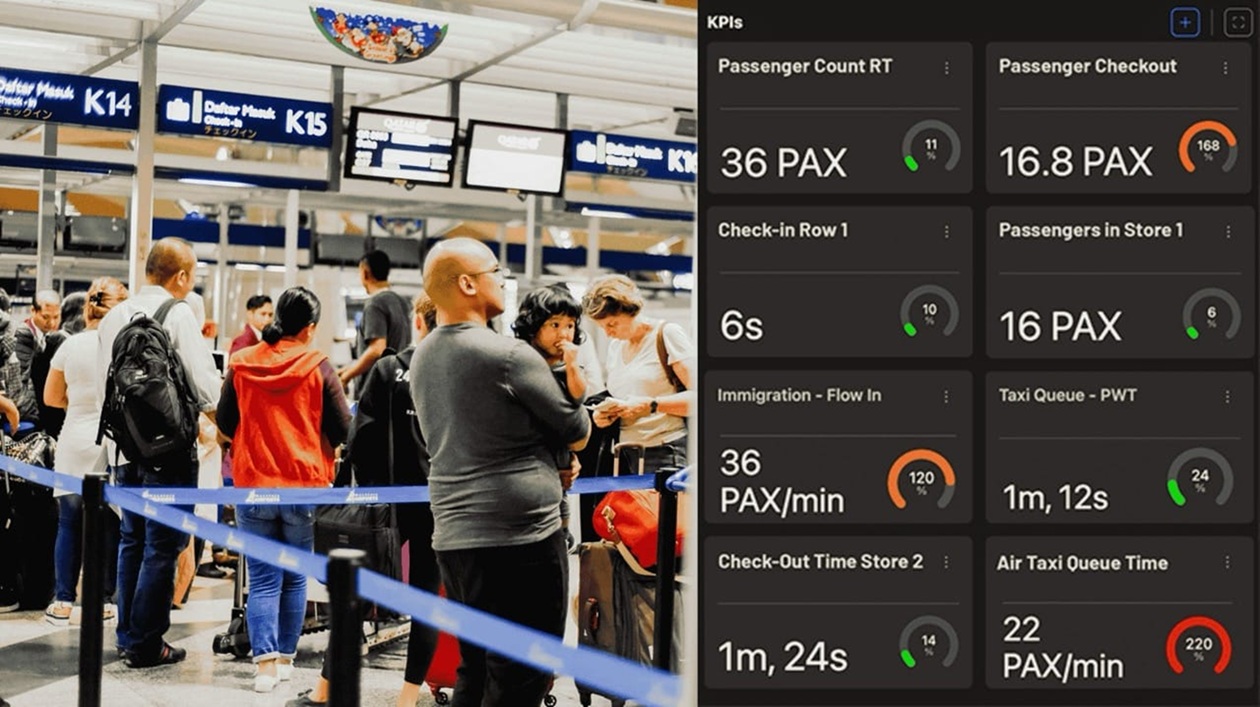
Photo: Oslo-City-life-©-Istockphoto-Oslo-Kommune
Driving positive change, instead of cars
12 July 2018
By Mark Wessel
Back in the spring of 2015, the centre-right government of Oslo announced a new programme called Green Shift, a plan to reduce CO2 levels to half of what they were in 1991, by the year 2030. That would be a stepping stone towards becoming a carbon neutral city by 2050.
But after a municipal election later that year, when the Green Party came into power, the city literally shifted its carbon reduction programme into high gear, with even more ambitious goals than the prior administration. Goals that included getting to 50 percent of 1991 CO2 levels by 2020 or 10 years sooner than the original target. And becoming carbon neutral by 2030, 20 years ahead of the original plan.
Hanna Marcussen is the Vice Mayor for Urban Development for the City of Oslo, responsible for driving many of the changes that need to take place for the city to reach its aggressive climate change goals. And much of this change is tied to getting more cars off the streets and more pedestrians and cyclists on them.

“Half of Oslo’s transport emissions come from private cars. So, to reduce these emissions, we need to encourage private households to buy electric cars,” explains Marcussen. “We need to improve our public transport system and have to make it easier to ride a bike in the city.”
Of course, discouraging people from driving cars is an integral part of the process. Last year the city launched the Car Free City Life initiative that includes introducing car tolls and getting rid of approximately 700 parking spots. Over 300 spaces have since been removed, freeing up areas for everything from outside dining, to cultural activities, public art, bicycle stands and playgrounds.
But Marcussen says the city needs to do much more than simply discourage the use of cars to reach its lofty carbon reduction goals. “We have to make public transport the most attractive alternative (to cars). And to do this, I only have one word: grants. We need to use revenues from the toll ring to invest and improve public transport. We are also working on having more departures, better equipment and real time information that’s available both on the platform and on your smart phone. And we have made it cheaper to take transit.”
Another important part of this mix is improving Oslo’s biking infrastructure, with heavy investments that Marcussen says are already paying off, with a steady increase in biking numbers, even during the winter months.
“In the end, we want to provide mobility solutions to our citizens so that they can go on living their lives. If we want people to change their behaviour we need to offer solutions that work for them.”

As for the vehicles that remain on the road, Oslo has great incentives in place. “By collaborating with the national government, we’ve been able to make electric vehicles (EVs) cheap to buy, cheap to use, and easy to use. The elaborative incentive scheme lowers the cost of buying an EV and the cost of using the EV once you have it,” says Marcussen. As a result, the latest statistics show that 47 percent of new cars being registered in the city are battery EV’s and plug in hybrids.
The city also has its sights on making public transit emission free recognising that “buses are the main culprit”.
“In 2016, we had 35 percent renewables in the bus fleet using biodiesel, hydrogen and biogas,” she says. “We are starting to test our first battery electric buses this year and by 2025, 60 percent of the bus fleet will be fully electric.”
“The city’s overarching goal is to create a greener and more inclusive city with room for everyone. By reducing the area designated to private cars, we allow more city life in the streets. The aim is to create a better urban environment within a large area of the city centre.”
In all, an estimated 1.3 square kilometres within the city’s downtown core will be car free by 2019. Whether it’s getting cars off the roads, improving public space or dramatically reducing CO2 emissions, Marcussen never loses sight of what matters the most. “Our primary focus is to improve city life.”
WORDRAP:
The future of cars in Oslo is a reduced role overall.
To get more cars off the road we need to improve both public transit and biking infrastructure.
An active city cannot be adopted. It must be created by cooperating with businesses and residents within the city.
People should come to Oslo because we want to listen to your ideas for sustainable development and we also want to share the ideas we have in Oslo.








